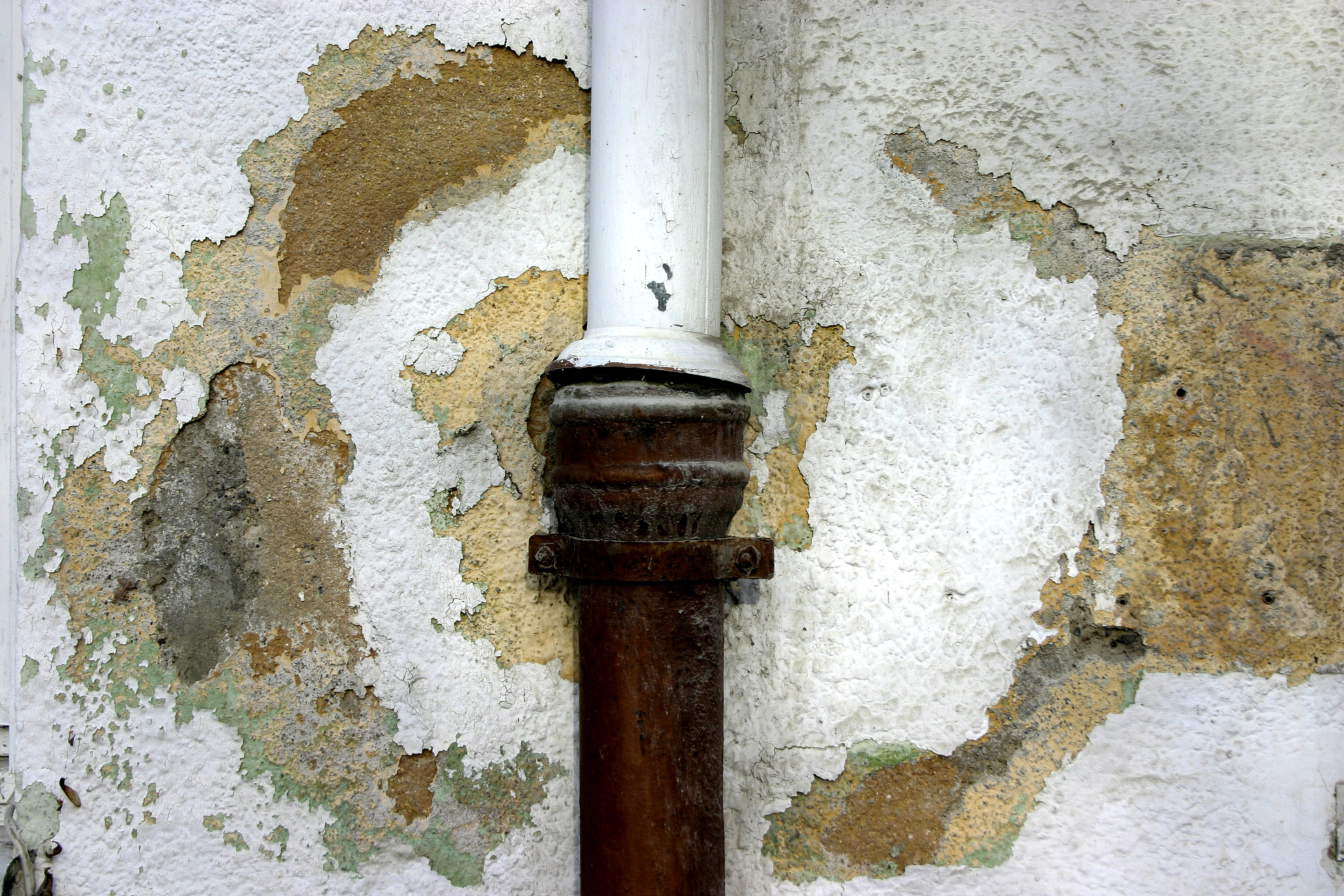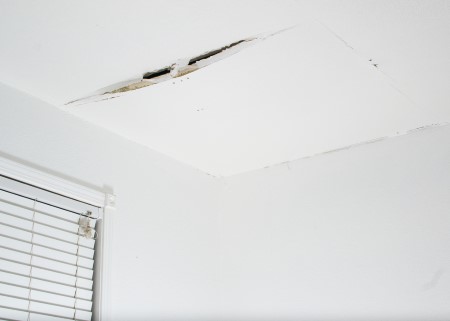Do's & Don'ts of Water Damage.
Do's & Don'ts of Water Damage.
Blog Article
They are making several great points regarding Safety Tips To Prevent Fire And Water Damage in general in the article further down.

Water offers life, but water invasion on some components where it's not supposed to be can result in damage and trouble. It can peel off away the surface area and erode the material's foundation if the water leaks into your structure. Mold and mildew as well as mold likewise prosper in a wet setting, which can be dangerous for your and your family's health. Additionally, homes with water damage smell old and stuffy.
Water can come from numerous sources like typhoons, floodings, ruptured pipes, leakages, and also drain problems. It's better to have a functioning understanding of safety preventative measures if you have water damages. Here are a few standards on exactly how to handle water damages.
Do Prioritize House Insurance Coverage
Seasonal water damages can come from floodings, seasonal rains, and wind. There is additionally an incident of a sudden flooding, whether it came from a faulty pipeline that all of a sudden bursts right into your residence. To safeguard your residence, get home insurance policy that covers both acts of God such as all-natural disasters, as well as emergencies like broken plumbing.
Do Not Neglect to Switch Off Energies
When calamity strikes as well as you remain in a flood-prone area, shut off the major electrical circuit. Shutting off the power protects against
electrical shocks when water can be found in as water functions as a conductor. Do not fail to remember to switch off the major water line valve as a method to stop more damages.
If the floodwaters are obtaining high, keep your furnishings stable as they can move around and also trigger extra damages.
Do Stay Proactive and also Heed Climate Notifies
If you live in a location plagued by floods, stay proactive and also ready at all times. Listen to the news and emptying warnings if you live near a body of water like a river, creek, or lake .
Don't Overlook the Roofing System
Your roofing professional should take treatment of the faulty rain gutters or any various other signs of damage or weakening. An inspection will certainly prevent water from streaming down your wall surfaces and soaking your ceiling.
Do Pay Attention to Tiny Leaks
There are red flags that can draw your interest as well as suggest to you some weakened pipes in your house. Indications of red flags in your pipelines consist of gurgling paint, peeling off wallpaper, water touches, water stains, or dripping sounds behind the walls. Repair and examine your plumbing repaired before it results in enormous damage to your house, financial resources, and a personal nightmare.
Don't Panic in Case of a Burst Pipe
Maintaining your clearheadedness is essential in a time of dilemma. Panicking will only intensify the problem due to the fact that it will suppress you from acting quick. Panic will certainly likewise provide you extra tension. When it comes to water damage, timing is key. The longer you wait, the even more damages you can expect and the worst the outcomes can be. Promptly closed off your main water shutoff to cut off the resource as well as avoid even more damages if a pipe ruptureds in your house. Unplug all electric outlets in the area or switch off the circuit breaker for that part of the house. Ultimately, call a trustworthy water damage remediation professional for help.
Water offers life, but water invasion on some parts where it's not supposed to be can result in damage and trouble. In addition, houses with water damages smell moldy and also old.
Seasonal water damages can come from floods, seasonal rains, and also wind. Signs of red flags in your pipes consist of bubbling paint, peeling off wallpaper, water touches, water stains, or trickling audios behind the walls. If a pipe ruptureds in your residence, right away closed off your major water shutoff to cut off the source as well as protect against even more damage.
Are Water Mitigation and Water Damage Restoration the Same Thing?
When are Water Mitigation Services Needed?
Water intrusion can come from small sources like a dishwasher leak or larger ones like rainwater causing inches of standing water in a basement. Other instances of damage that call for water mitigation services include:
Sewer backup, sump pump failure, or clogged toilets Toilet wax seal failure Shower pan corrosion Pipe leaks and ruptures Washer or icemaker line breaks HVAC drain line blockage A leaking roof Moisture behind walls Foundation cracks Mold Mold is a good example to illustrate how water mitigation works. We’ve often found that clients we do mold remediation services for had existing water damage issues that ended up leading to the mold damage. When performing water mitigation we look for what’s causing the water problem and for ways to stop mold before it multiplies and becomes a bigger concern.
Are You Currently Experiencing a Water Disaster?
If you’re in the middle of a water intrusion disaster, here are some important dos and don’ts to follow:
Don’ts:
Safety first! Do not enter a room with standing water until the electricity has been turned off! A regular household vacuum should never be used to pick up water. Never use electrical appliance if standing on a wet floor or carpet. Leave visible mold alone. Dos:
Call a water mitigation professional as soon as possible. Mold and other damage can begin within hours of a water intrusion. Mop and blot up as much water as possible. Remove non-attached floor coverings and mats but leave wall-to-wall carpeting removal to a pro. If there are window coverings like draperies that touch the water, loop them through a hanger and put them up on the rod. Remove wet cushions to dry and wipe down soaked furniture. Move valuables like paintings, photos, and art objects to a dry location. Books should be left tightly packed on shelves until it’s determined if they need specialized drying. Prop open closets, cabinets, and drawers to allow them to air out. https://cfrsfl.com/blog/are-water-mitigation-and-water-damage-restoration-the-same-thing/

As a keen reader about What You Can Do At Home To Prevent Fire And Water Damage, I imagined sharing that piece of content was really useful. Sharing is caring. You won't know, you could be doing someone a favor. Thanks so much for going through it.
Report this page